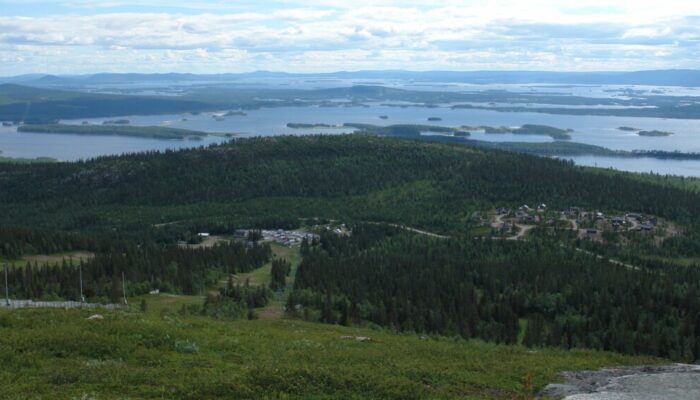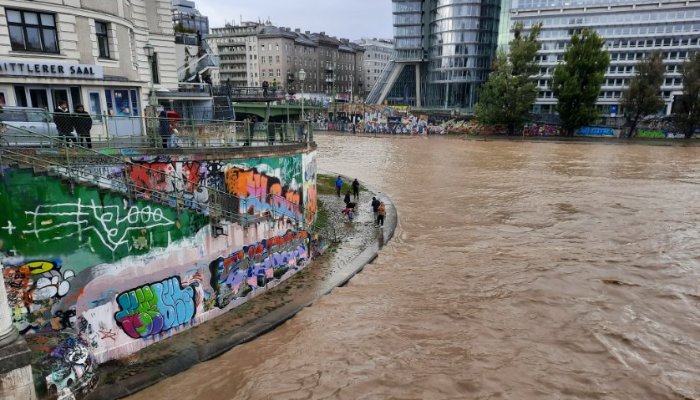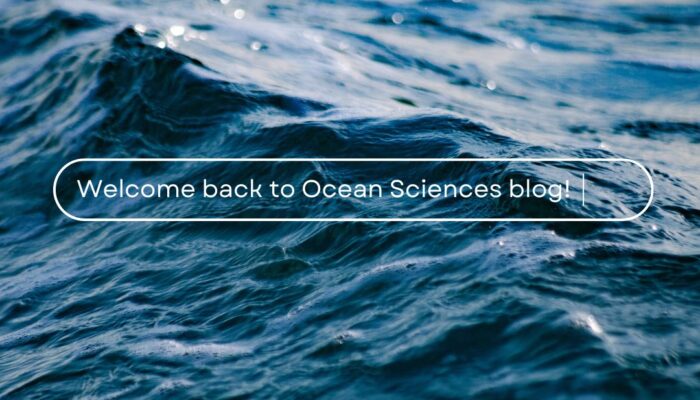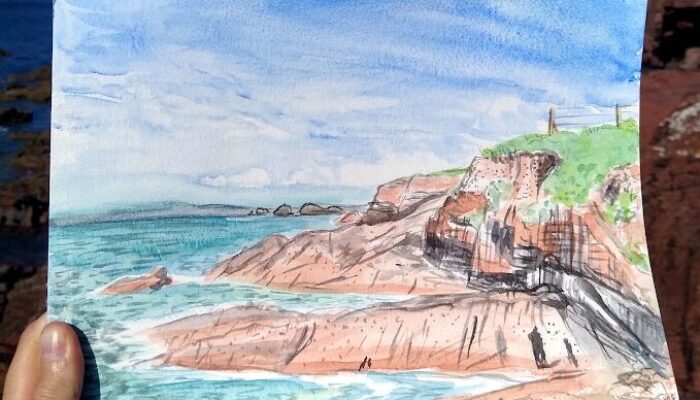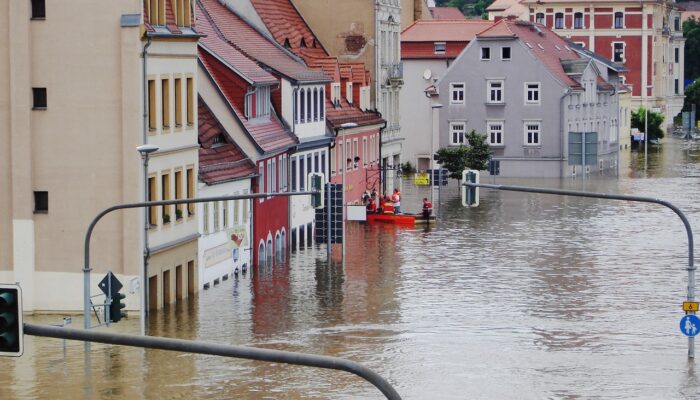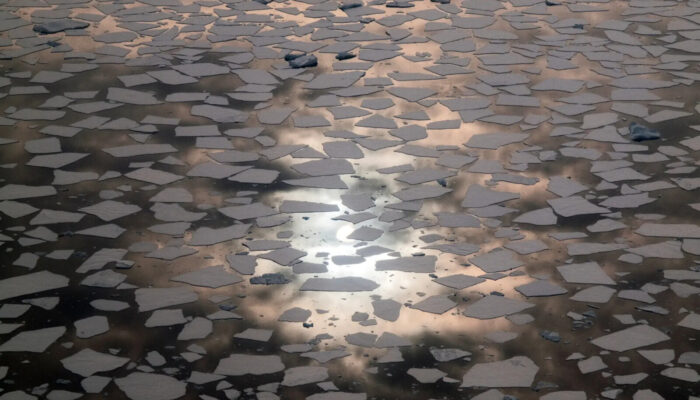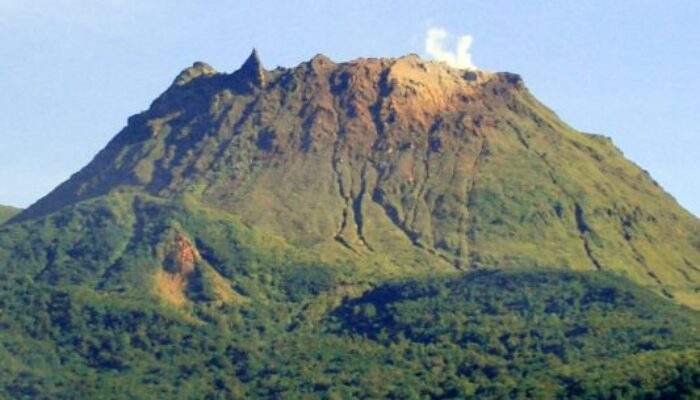Summer is coming to an end in the northern hemisphere, and it usually signals the end of the field season – at least in northern Europe. During the field season, we mostly take our absolute gravimeter (we call her Greta) to measure gravity at various locations across Sweden. Occasionally, we even take Greta to other countries – but that’s a story for another time. Who is G ...[Read More]
Hydrological Sciences
September 2024 Flooding in Central Europe: The Austrian Experience
Storm Boris is the latest in a series of deluges during one of Europe’s most flood-prone periods in 500 years, yet Vienna managed to avoid major damage. The city’s preparations may offer valuable lessons for other urban areas facing similar challenges. Dealing With Record Rainfall: September 2024 in Vienna When record rainfall hit Vienna on September 15, the impact was severe: submerged roa ...[Read More]
Geodynamics
The Sassy Scientist – Academic Motion Sickness
The first year of a PhD can quickly shift from an exciting adventure (“Ok I got this“) to an exasperating rollercoaster (“What I am doing here? What if I just move to a husky farm in Canada?“). Marina, has reached that stage and, after having exhausted her patience scrolling through <insert your preferred social media platorm here> in search of threads on how to boost ...[Read More]
Tectonics and Structural Geology
TS Must Read – 3D seismic analysis of the structure and evolution of a salt-influenced normal fault zone: a test of competing fault growth models, Jackson & Rotevatn (2013)
In this Must Read paper “3D seismic analysis of the structure and evolution of a salt-influenced normal fault zone: a test of competing fault growth models (2013)”, by Christopher A-L. Jackson and Atle Rotevatn used detailed 3D seismic reflection data from the Suez Rift, Egypt, to gain a better understanding of the structural evolution of normal faults. Specifically, the paper shows th ...[Read More]
Ocean Sciences
Welcome back to Ocean Sciences blog!
Welcome back, Ocean Sciences community! We have been quiet for a while, but we are happy to say we’re back! We have missed sharing the latest research, insights, stories, ideas and we are eager to present fresh content and exciting initiatives starting in September. In the following months, we have a range of exciting content lined up for the blog. We will be sharing interesting new research in oc ...[Read More]
Hydrological Sciences
Shaping the HS-programme of EGU25: Session Review, Merging, and Co-Organization Updates
September has arrived. The Hydrological Sciences (HS) community has been very active, as usual, submitting 152 sessions during the open session call, which is more than 10% of all sessions that are proposed for the entire EGU (overall 1,273 sessions were submitted, slightly more than at EGU24). This is amazing and I would like to thank all the conveners for their excellent ideas and nice work so f ...[Read More]
Geodynamics
Creativity and geology
Phoebe Sleath, a PhD student at the University of Aberdeen, guides us through the intersection of art and geology. She shares how she got into watercolour field sketching, how it became a valuable companion during her PhD journey, and how it serves as a powerful tool for communicating science Why do you like doing geoscience? Throughout my undergrad degree, I would have said: because I like mounta ...[Read More]
Natural Hazards
Taking the risk personally: how perceived flood experience relates to risk perception, sensed coping appraisal, and protective behaviour
The frequency and severity of extreme weather events, such as heavy rainfall, droughts, and storms, are increasing globally, putting societies and infrastructures worldwide at risk [1]. These developments demand effective adaptation measures and ways to enhance societal resilience. Consequently, it is necessary to understand how people perceive and respond to natural hazards. Knowing that the occu ...[Read More]
Cryospheric Sciences
Friday the 13th – an unlucky day for sea ice?
On this September 13th, coinciding to be a “Friday 13th”, we wanted to scan the cryo-history for expeditions started, sunken ships that day, and mountain myths. And we did find that. But as autumn approaches in the Northern hemisphere, the spookiest story of all was this one: the unlucky timing of the Arctic sea ice in September. TGIF – but not for sea ice Although the median min ...[Read More]
Geochemistry, Mineralogy, Petrology & Volcanology
La Soufrière de Guadeloupe: Past Eruptions and Ongoing Activity
La Soufrière de Guadeloupe is an andesitic stratovolcano located in the southern part of Basse-Terre, within the Guadeloupe archipelago (Eastern Caribbean). It towers over the towns of Sainte-Claude and Basse-Terre. Nearly 50 years ago, this region faced severe consequences from a phreatomagmatic eruption, forcing the evacuation of 80,000 people. Since then, the volcano has been regularly monitore ...[Read More]

